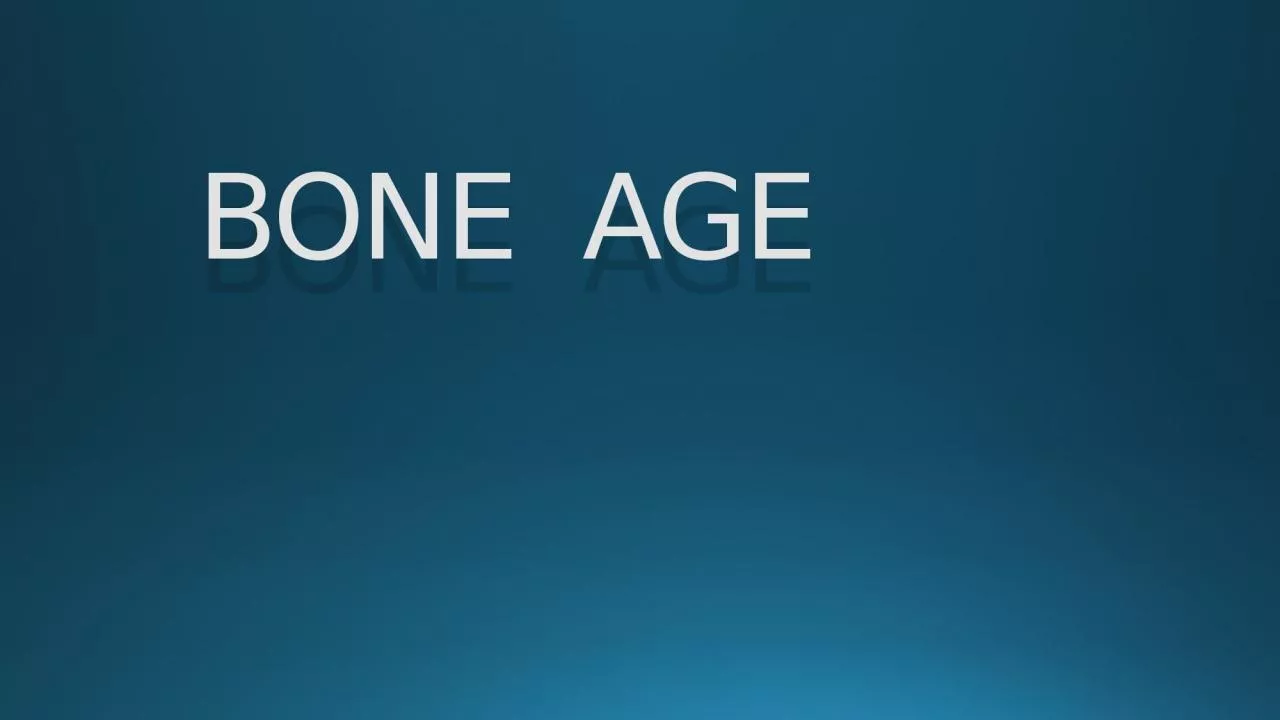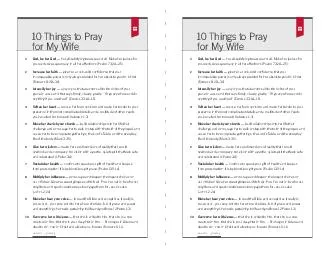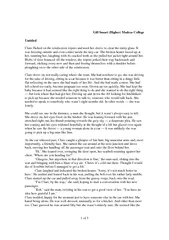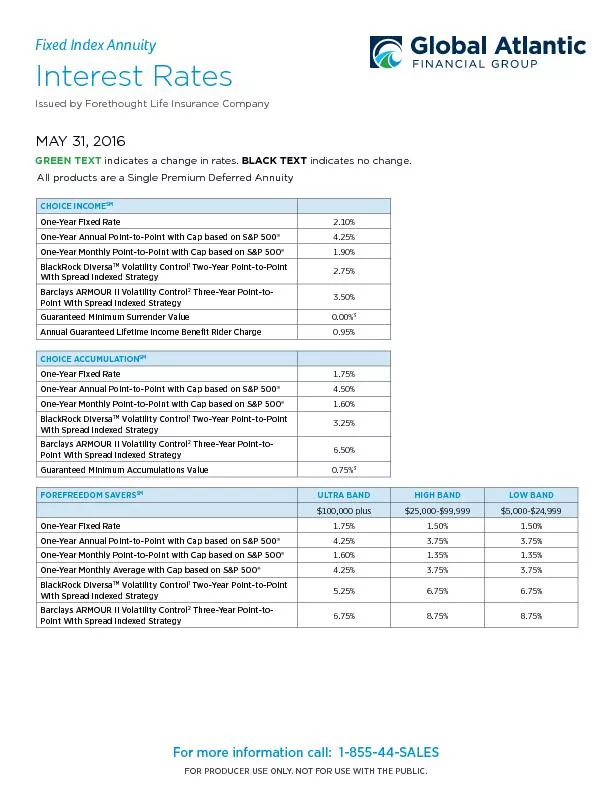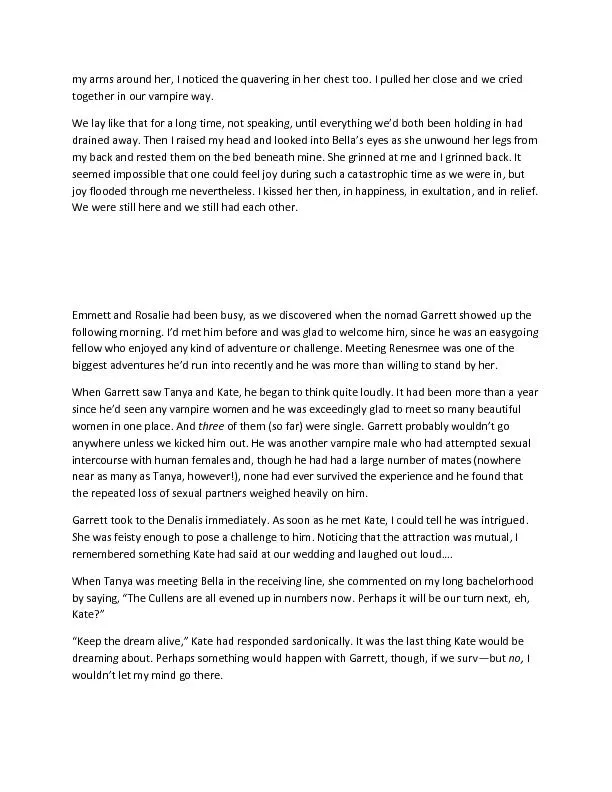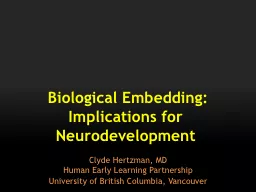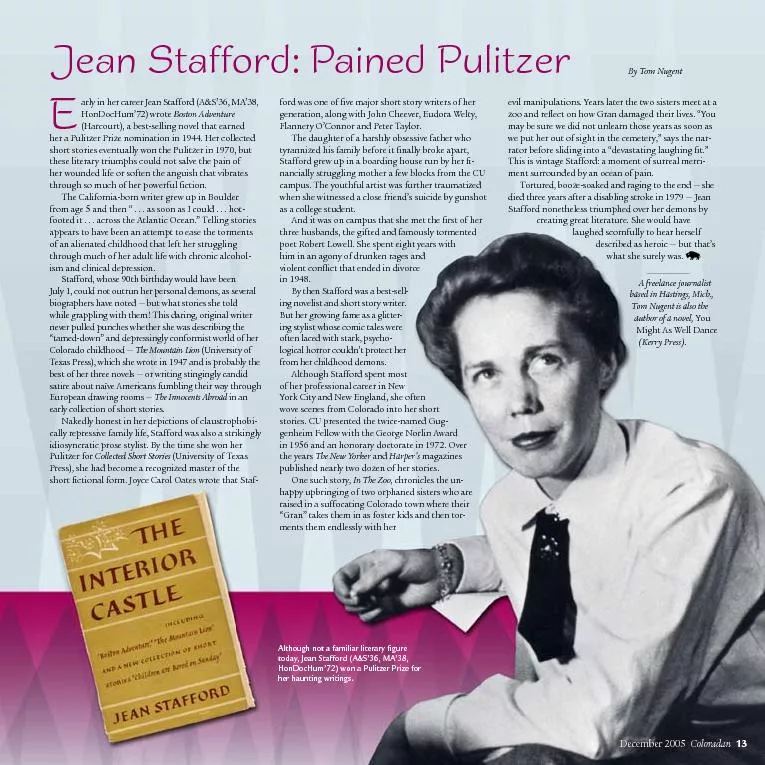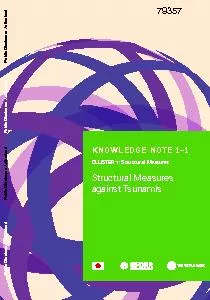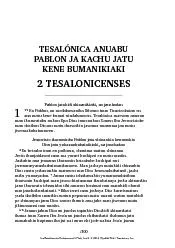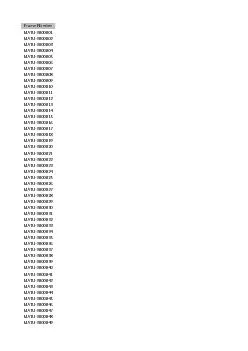PPT-BONE AGE The bone age of a child indicates his/her level of biological and structural
Author : berey | Published Date : 2023-09-25
Bone age is an indicator of the skeletal and biological maturity of an individual This is different from chronological age which is calculated using the date of
Presentation Embed Code
Download Presentation
Download Presentation The PPT/PDF document "BONE AGE The bone age of a chil..." is the property of its rightful owner. Permission is granted to download and print the materials on this website for personal, non-commercial use only, and to display it on your personal computer provided you do not modify the materials and that you retain all copyright notices contained in the materials. By downloading content from our website, you accept the terms of this agreement.
BONE AGE The bone age of a child indicates his/her level of biological and structural: Transcript
Download Rules Of Document
"BONE AGE The bone age of a child indicates his/her level of biological and structural"The content belongs to its owner. You may download and print it for personal use, without modification, and keep all copyright notices. By downloading, you agree to these terms.
Related Documents

